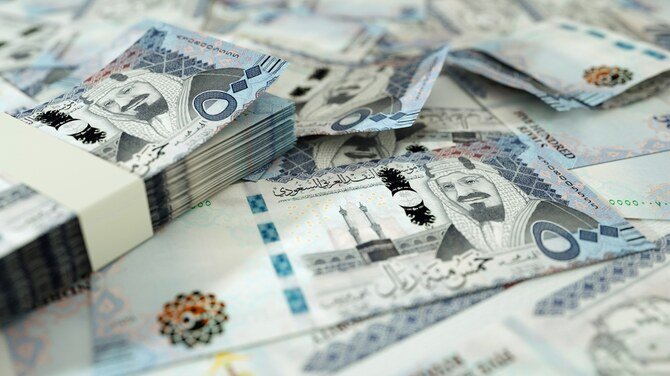Saudi banks experienced strong financial results in January, with aggregate profits increasing by 16% year-on-year to reach SR8.14 billion ($2.17 billion), according to the latest data from the Saudi Central Bank (SAMA).
This surge in profits highlights the sector’s resilience and growing profitability. The data reflects pre-tax and pre-zakat earnings, demonstrating the robustness of the banking industry in Saudi Arabia. This performance comes alongside an important milestone: total bank loans in the kingdom surpassed SR3 trillion for the first time, marking a 14.66% annual increase, the fastest growth since October 2022.
The rise in bank profits is largely attributed to a boost in business financing, particularly in real estate, manufacturing, and trade sectors. As lending to these sectors expands, banks benefit from increased interest income, which strengthens their financial positions and supports the country’s economic diversification goals under Vision 2030.
In 2024, Saudi banks closed the year with record-high cumulative profits of SR89.1 billion, with December recording the highest monthly earnings. This strong performance is also supported by government stimulus efforts designed to enhance credit access and promote infrastructure development.
To sustain this growth, Saudi banks have tapped into the bond market, securing additional capital for lending and investment. This has further solidified their financial positions, even amid economic fluctuations. The sector has also demonstrated flexibility in adjusting to changing economic conditions, including fluctuating interest rates that affect lending and consumer behavior.
According to S&P Global, Saudi banks are expected to maintain their profitability, driven by increased lending, a favorable economic environment, and declining interest rates. While non-performing loans (NPLs) are expected to rise gradually, they will remain low, projected at 1.7% of systemwide loans by the end of 2025, up from 1.3% in September 2024.
Despite some challenges, such as the projected decline in net interest margin and the impact of fluctuating corporate loan rates, Saudi banks are well-positioned to remain resilient. The sector’s strong provisioning cushion will help offset potential credit losses, which are expected to range between 0.50% and 0.60% of total loans over the next 12-24 months.
Demand deposits hit a record high of SR1.68 trillion in January, though time and savings accounts saw a slight decline. As interest rates edge lower, Saudi banks face pressures but are expected to maintain a solid foundation for sustained profitability well into 2025.


